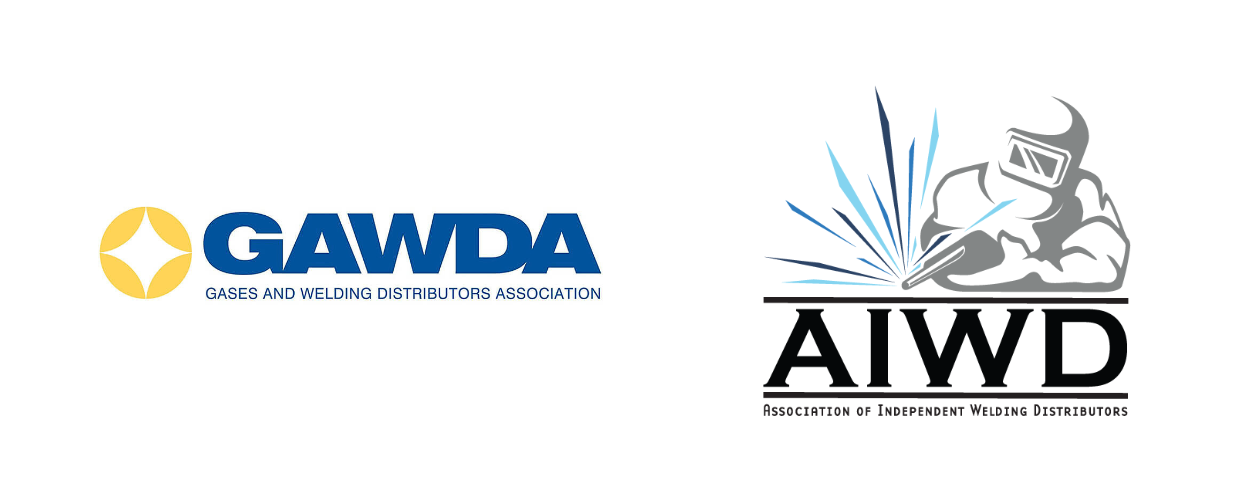

PRIMARY LOCATION
622 Oil Hill Rd
El Dorado, KS 67042
SECONDARY LOCATION
910 Graham St
Emporia, KS 66801
The Role of Welding in Building Infrastructure
Strengthening Foundations with Advanced Welding
Welding is indispensable in constructing and maintaining the infrastructure that underpins our modern world. From towering skyscrapers to expansive bridges, welding techniques provide the necessary strength and durability these structures require. This blog delves into the specifics of how welding is crucial across various infrastructure projects and the advanced techniques that ensure these constructions stand the test of time.
Building Bridges: Welding is fundamental in bridge construction, providing the robust joints and connections needed for long-lasting durability. Techniques like flux-cored arc welding (FCAW) are favored for their deep penetration and speed, making them ideal for the thick sections often encountered in bridge construction. The choice of welding method also depends on the bridge design, material, and environmental factors where the bridge will operate.
Constructing High-Rises: For high-rise buildings, structural welding is a critical component that ensures the integrity and safety of steel frameworks. Skyscrapers rely on a skeleton of steel beams that are welded together to form a stable and secure structure capable of withstanding high winds and seismic activities. Advanced welding techniques, including automated and semi-automated welding, are used to enhance productivity and ensure consistent results across large projects.
Innovative Welding Techniques: The welding industry continues to evolve with technological advancements like robotic welding and laser welding. These methods increase precision, reduce labor costs, and lower the time required to complete projects. Robotic welding, for example, is used in repetitive and high-volume tasks, ensuring high-quality welds and reducing human error. Laser welding, known for its high-speed and low-heat input, is ideal for delicate welding operations where precision is paramount.
Safety and Testing Standards: Safety is a top priority in infrastructure welding. Rigorous testing and certification processes ensure that welding work meets stringent safety standards. Welders are often required to undergo specialized training and certification to work on infrastructure projects, ensuring they are proficient in the latest welding techniques and safety protocols.
Environmental Considerations: Modern welding also considers environmental impacts. Innovations in welding technology are aimed at reducing the environmental footprint, such as using advanced consumables that minimize fume emissions and techniques that reduce energy consumption.
Welding remains at the forefront of infrastructure development. Its ability to adapt to new challenges and innovations ensures that it will continue to play a vital role in building the structures of tomorrow. As we look towards future infrastructure needs, the evolution of welding techniques and materials will undoubtedly accompany the architectural and engineering advances that await us.
HOURS
Monday - Friday: 8am - 5pm
Saturday & Sunday: Closed

All Rights Reserved | Max's Welding Supplies | Site Creds | Legal Notice
